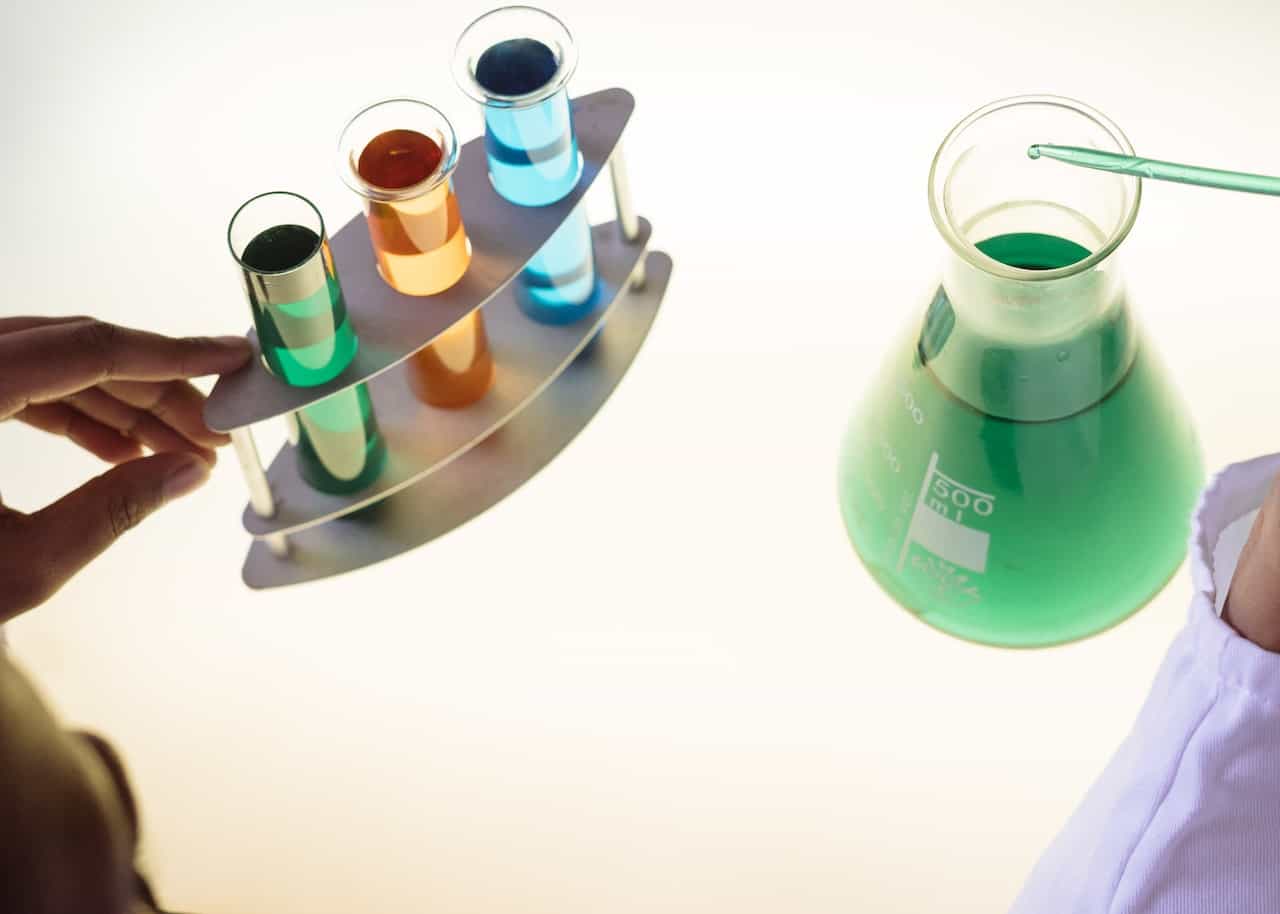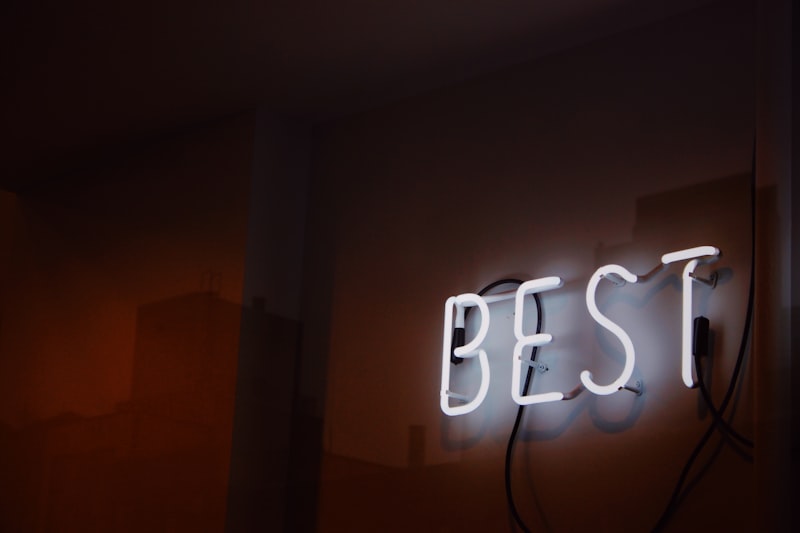A/B testing, also known as split testing, is a popular method used by marketers to improve the effectiveness of their marketing campaigns. By comparing two versions of a marketing campaign, marketers can determine which version is more effective in driving customer behavior. This method is particularly useful for defining high-intent customers or those who are most likely to take the desired action, such as making a purchase or signing up for a newsletter.

One of the key benefits of A/B testing is that it allows marketers to test a variety of elements in their marketing campaigns, such as headlines, images, and calls to action. By changing these elements and measuring the results, marketers can determine which versions of their campaigns are most effective in driving customer behavior.

For example, a marketer may want to test two different headlines for an email marketing campaign. The first headline may be "Get 10% off your first purchase," while the second headline may be "Limited time offer: save on your first purchase". By sending these two versions of the email to a random sample of customers, the marketer can determine which headline is more effective in driving customers to make a purchase.
Another benefit of A/B testing is that it allows marketers to test different versions of their marketing campaigns on different segments of their customer base. For example, a marketer may want to test a discount offer on a group of customers who have previously made a purchase while testing a different offer on a group of customers who have never made a purchase. By comparing the results of these two tests, the marketer can determine which offer is more effective in driving customer behavior for each segment.
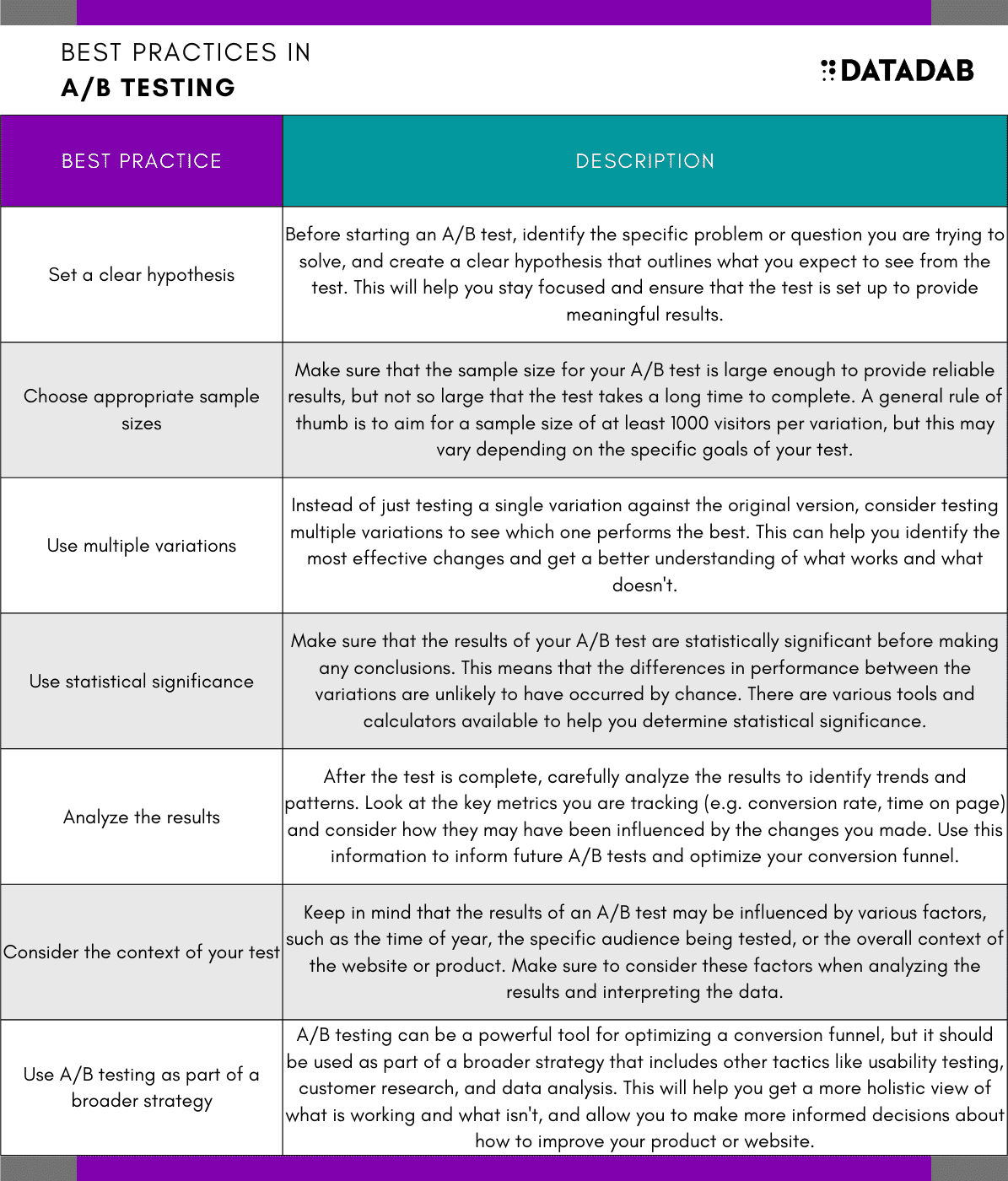
A/B testing can also be used to test different marketing channels, such as email, social media, and display advertising. By comparing the results of these tests, marketers can determine which channels are most effective in driving customer behavior and allocate their marketing budgets accordingly.
One of the challenges of A/B testing is that it requires a large sample size to be effective. In order to accurately compare the results of two different versions of a marketing campaign, the sample size must be large enough to provide statistically significant results. This means that marketers must have a large customer base or access to a large pool of potential customers in order to conduct effective A/B testing.
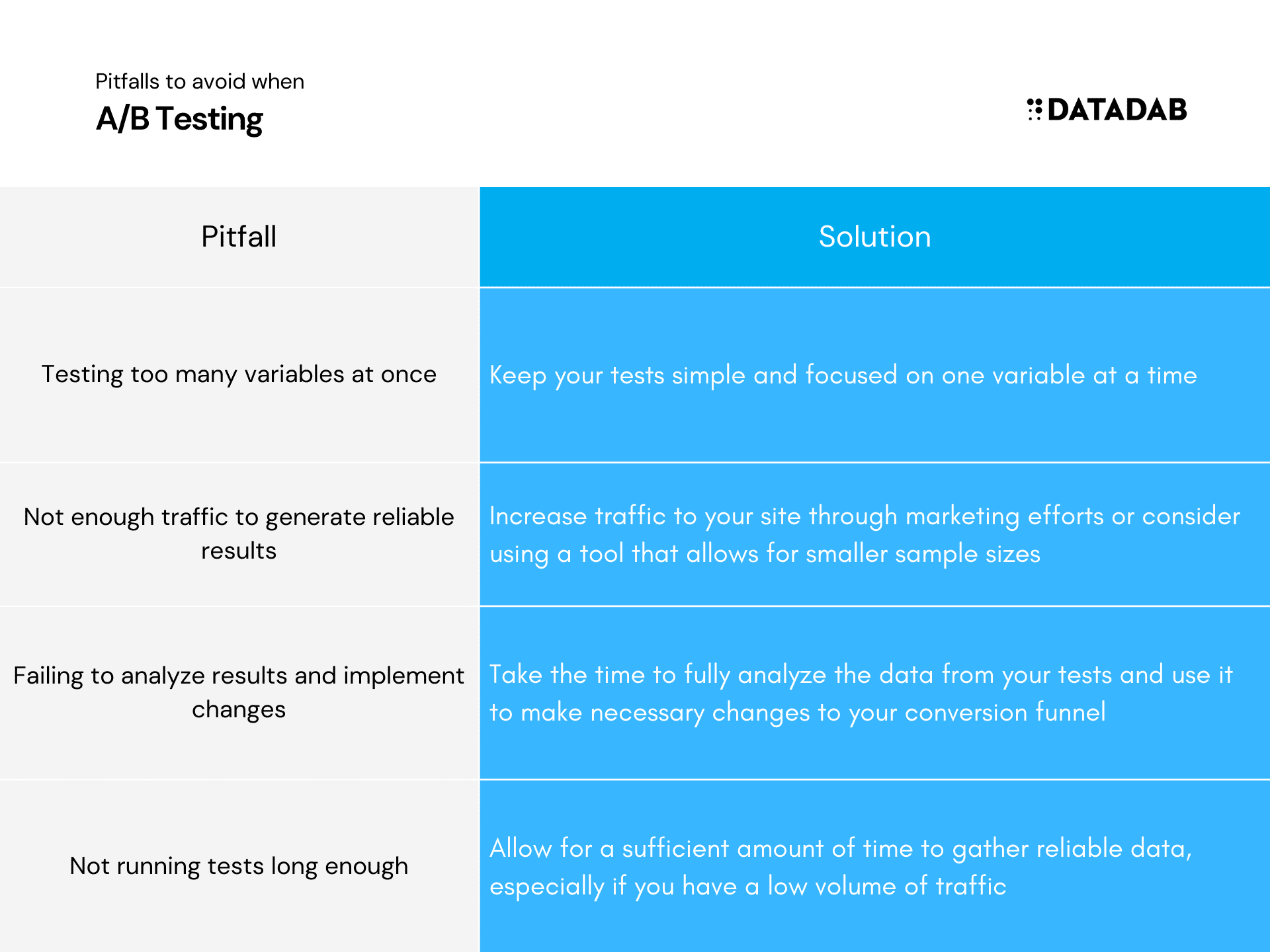
In addition, A/B testing can be time-consuming and requires careful planning and execution. Marketers must carefully design their tests, implement them, and analyze the results to determine which version of their marketing campaign is most effective. This can require significant time and resources, particularly for larger and more complex tests.
Despite these challenges, A/B testing is an effective method for defining high-intent customers and improving the effectiveness of marketing campaigns. By comparing the results of different versions of a marketing campaign, marketers can determine which elements, segments, and channels are most effective in driving customer behavior. This information can be used to optimize future marketing campaigns and improve the overall performance of the marketing funnel.
One example of the effectiveness of A/B testing in defining high-intent customers is the case of a retailer who wanted to improve the conversion rate of their email marketing campaign. The retailer tested two different versions of their email, one with a discount offer and the other with a free shipping offer. The test results showed that the discount offer was more effective in driving customer behavior, with a higher conversion rate and average order value.
Based on these results, the retailer was able to segment its customer base into two groups: those who were most likely to respond to a discount offer and those who were most likely to respond to a free shipping offer. By targeting these high-intent customers with the offers that were most effective in driving their behavior, the retailer was able to improve the overall performance of their marketing funnel and drive more revenue from their email marketing campaign.
Another example of the effectiveness of A/B testing in defining high-intent customers is the case of a subscription-based business that wanted to increase the number of customers who signed up for their service. The business tested two different versions of its sign-up page, one with a free trial offer and the other with a discount offer. The results of the test showed that the free trial offer was more effective in driving customer behavior, with a higher conversion rate and a higher number of customers who converted to paid subscribers.
Based on these results, the business was able to segment its customer base into two groups: those who were most likely to respond to a free trial offer and those who were most likely to respond to a discount offer. By targeting these high-intent customers with the offers that were most effective in driving their behavior, the business was able to improve the overall performance of its marketing funnel and drive more revenue from its subscription-based service.
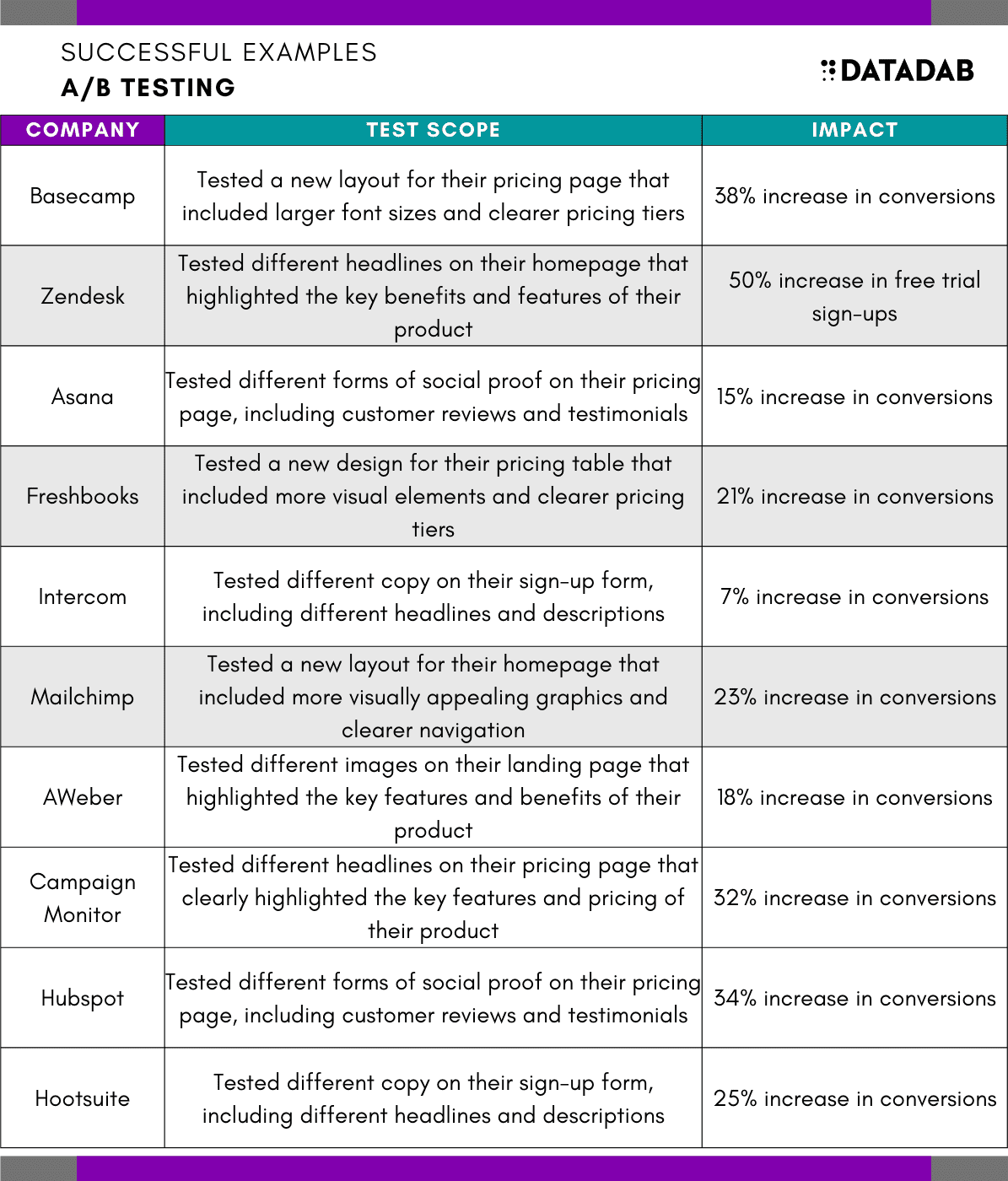
The effectiveness of A/B testing in defining high-intent customers has been supported by a number of studies and research. In a study published in the Journal of Marketing, researchers found that A/B testing can significantly improve marketing campaigns' performance, including higher conversion rates and higher average order values.
In another study published in the Journal of Interactive Marketing, researchers found that A/B testing can be particularly effective in improving the performance of email marketing campaigns. By testing different versions of their emails, marketers can determine which elements, such as the subject line, headlines, and calls to action, are most effective in driving customer behavior.
Overall, A/B testing is a powerful tool that can help marketers define high-intent customers and improve the effectiveness of their marketing campaigns. By comparing the results of different versions of a marketing campaign, marketers can determine which elements, segments, and channels are most effective in driving customer behavior and use this information to optimize their marketing efforts and accelerate the performance of their marketing funnel.


